Alejandro Chinea Manrique De Lara
INRIA Rocquencourt
Improving the Performance of PieceWise Linear Separation Incremental Algorithms for Practical Hardware Implementations
Dec 21, 2007
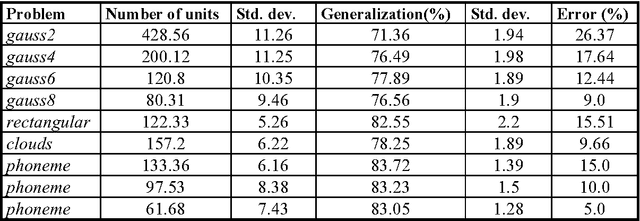
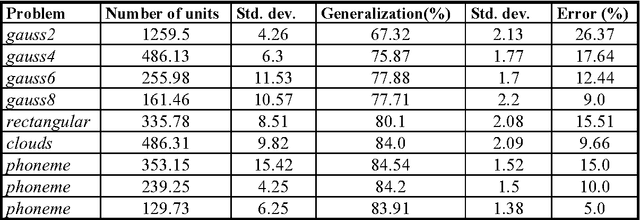
Abstract:In this paper we shall review the common problems associated with Piecewise Linear Separation incremental algorithms. This kind of neural models yield poor performances when dealing with some classification problems, due to the evolving schemes used to construct the resulting networks. So as to avoid this undesirable behavior we shall propose a modification criterion. It is based upon the definition of a function which will provide information about the quality of the network growth process during the learning phase. This function is evaluated periodically as the network structure evolves, and will permit, as we shall show through exhaustive benchmarks, to considerably improve the performance(measured in terms of network complexity and generalization capabilities) offered by the networks generated by these incremental models.
* 10 pages, 1 figure, 3 tables
A Reactive Tabu Search Algorithm for Stimuli Generation in Psycholinguistics
Dec 04, 2007



Abstract:The generation of meaningless "words" matching certain statistical and/or linguistic criteria is frequently needed for experimental purposes in Psycholinguistics. Such stimuli receive the name of pseudowords or nonwords in the Cognitive Neuroscience literatue. The process for building nonwords sometimes has to be based on linguistic units such as syllables or morphemes, resulting in a numerical explosion of combinations when the size of the nonwords is increased. In this paper, a reactive tabu search scheme is proposed to generate nonwords of variables size. The approach builds pseudowords by using a modified Metaheuristic algorithm based on a local search procedure enhanced by a feedback-based scheme. Experimental results show that the new algorithm is a practical and effective tool for nonword generation.
* Artificial Intelligence in Science and Technology AISAT 2004 Conference. 8 pages, 5 figures, 3 tables
Risk Assessment Algorithms Based On Recursive Neural Networks
May 04, 2007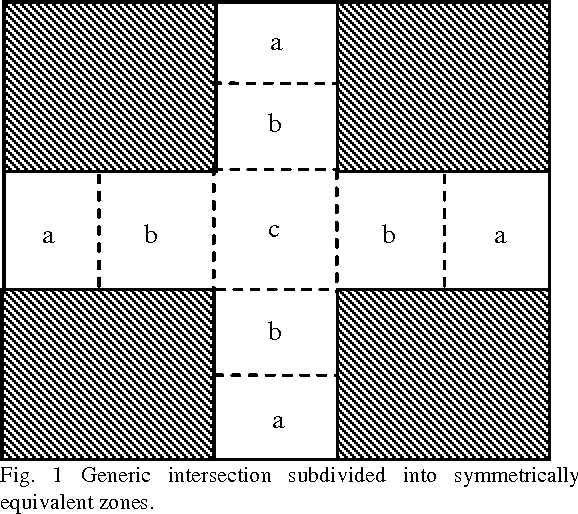
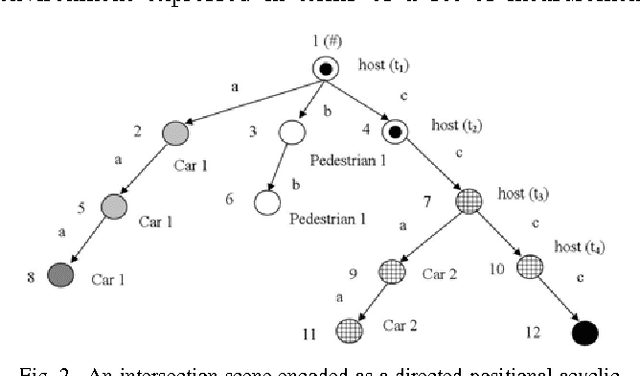
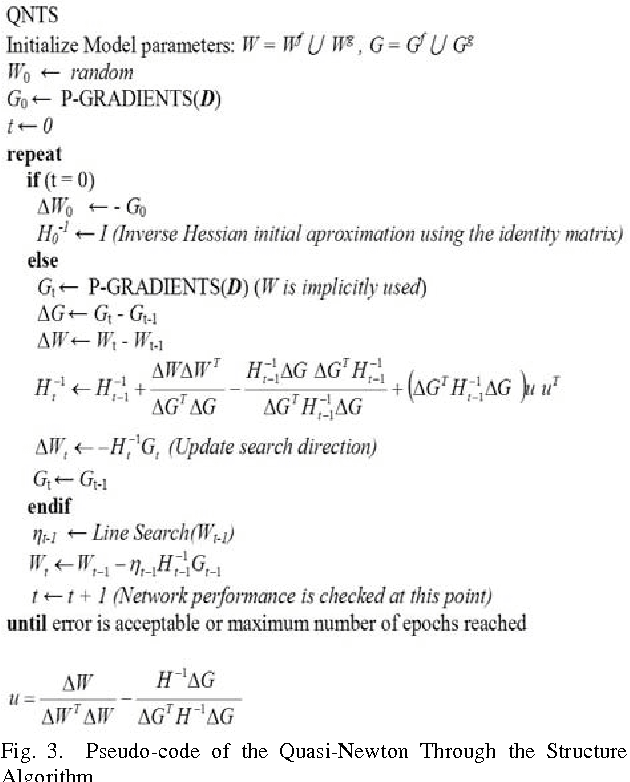
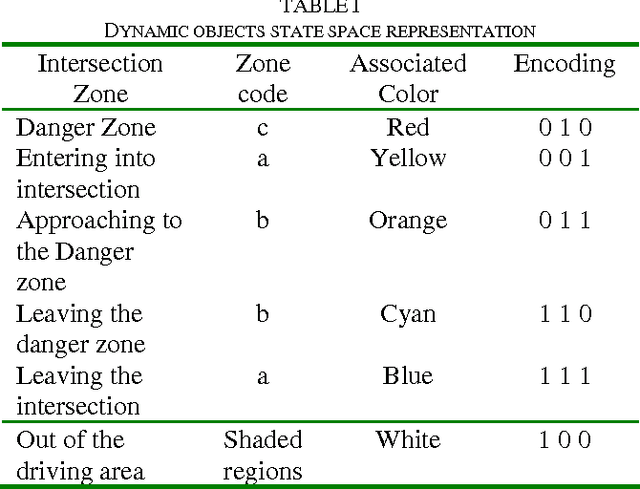
Abstract:The assessment of highly-risky situations at road intersections have been recently revealed as an important research topic within the context of the automotive industry. In this paper we shall introduce a novel approach to compute risk functions by using a combination of a highly non-linear processing model in conjunction with a powerful information encoding procedure. Specifically, the elements of information either static or dynamic that appear in a road intersection scene are encoded by using directed positional acyclic labeled graphs. The risk assessment problem is then reformulated in terms of an inductive learning task carried out by a recursive neural network. Recursive neural networks are connectionist models capable of solving supervised and non-supervised learning problems represented by directed ordered acyclic graphs. The potential of this novel approach is demonstrated through well predefined scenarios. The major difference of our approach compared to others is expressed by the fact of learning the structure of the risk. Furthermore, the combination of a rich information encoding procedure with a generalized model of dynamical recurrent networks permit us, as we shall demonstrate, a sophisticated processing of information that we believe as being a first step for building future advanced intersection safety systems
 Add to Chrome
Add to Chrome Add to Firefox
Add to Firefox Add to Edge
Add to Edge